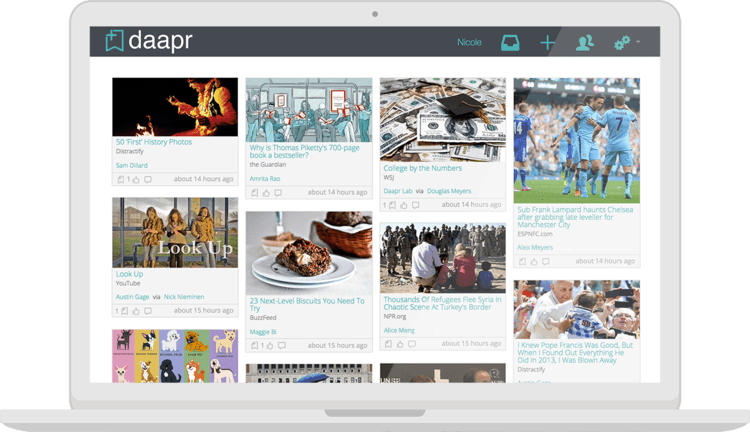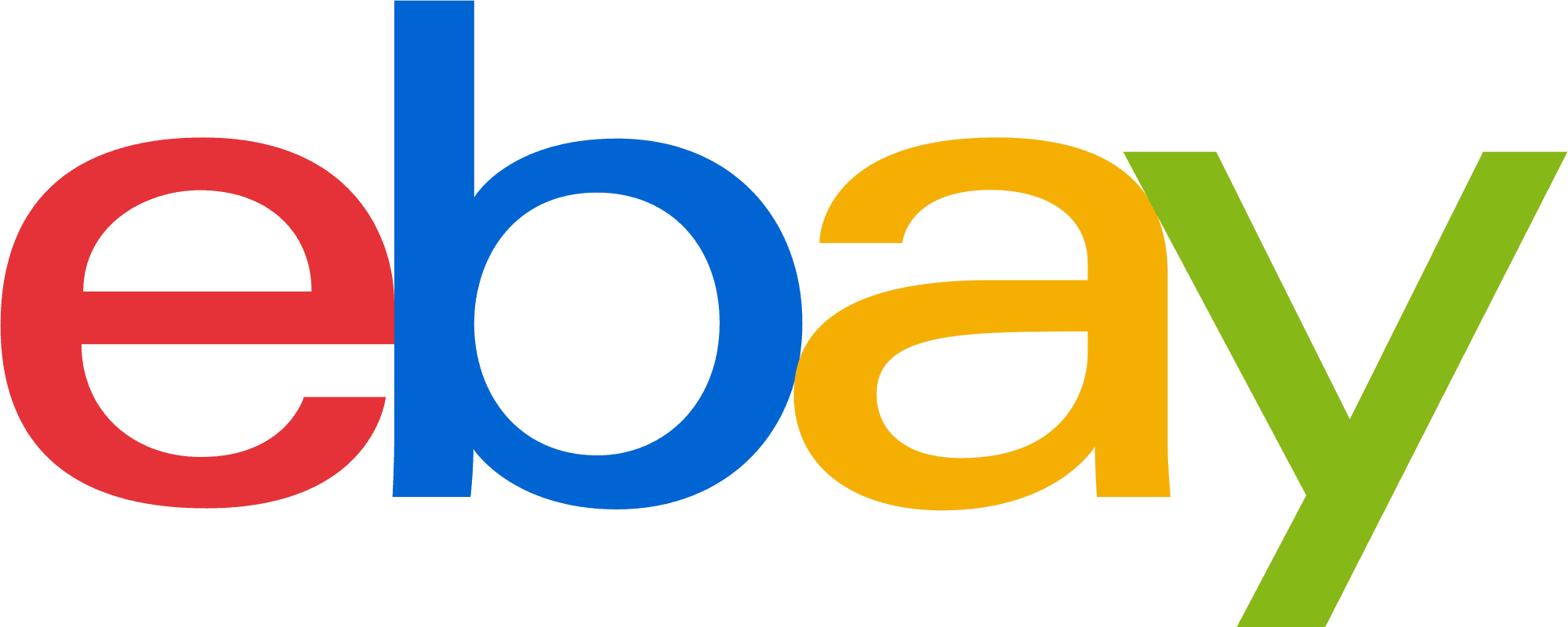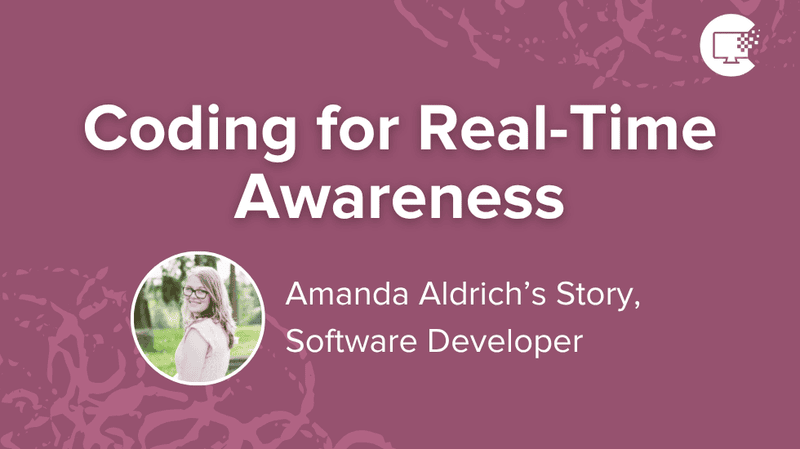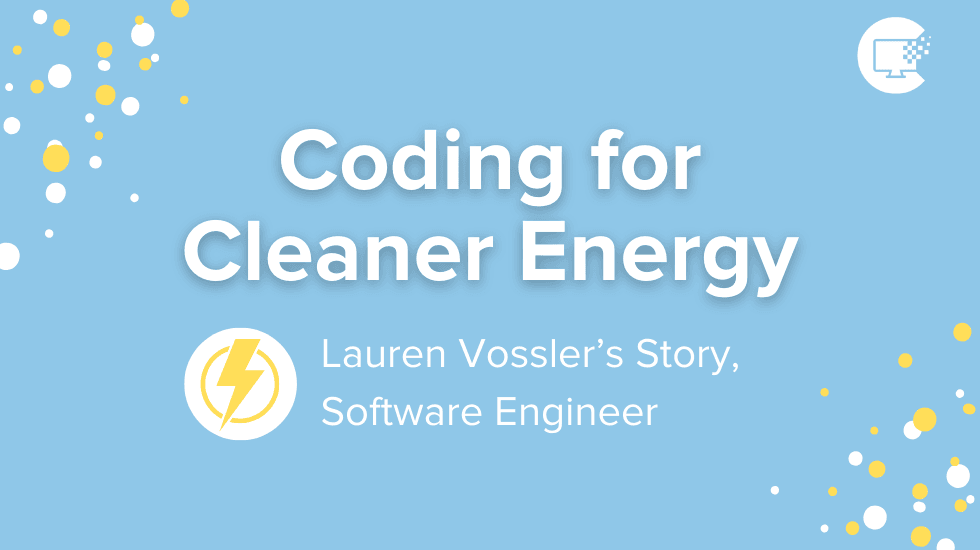
Coding for E-commerce & Social Media
By Alex Meyers
I’m Alex, I work as a Product Manager at eBay and I graduated from Cornell University in May 2015 with a degree in Information Science.
Working in tech has been my dream and passion since I was a freshman in high school. I grew up loving computers, and later became enthralled with smartphones with the release of the original iPhone in January 2007.
I thought the only options were being an engineer writing code or being a designer creating interfaces, but my experience with startups in college introduced me to the world of product management.
In high school (and most of college), I had no idea what it meant to work in technology. I thought the only options were being an engineer writing code or being a designer creating interfaces, but my experience with startups in college introduced me to the world of product management.
daapr
I co-founded a startup called daapr during in college in 2012 that helped me transform my learnings from school into real-world applications. Daapr was a social media platform exclusively for sharing article and video content. My role at daapr started as a frontend developer, but ultimately grew to that of Chief Technology Officer and a primary leader in the company. I learned to write full stack applications from Michael Hartl’s Ruby on Rails Tutorial and built daapr with a team of engineers using Foundation, React, and Ruby on Rails. I also learned how to deploy applications on Heroku and Amazon Web Services. Ultimately, we shut down daapr because we could not acquire enough users to create a situation for raising capital. Facebook took off in the article/video space and we failed to identify the trend of users wanting a mobile application, not a desktop website.

Aside from expanding my technical knowledge, daapr also taught me the foundations of product management. I identified user problems, I helped craft the product vision, I detailed user and technical requirements, and more. It ultimately led to getting an internship at eBay the summer after my junior year, and my full time offer after graduation.
eBay
At eBay, I have managed a number of products including
- Top-level category pages (ex: Fashion Page)
- Marketing promotion pages (ex: Black Friday Page)
- eBay Stores (ex: Adidas Store)
- eBay Motors Homepage
- eBay Garage
- Navigation (the Header and Footer on every page)
- New Buyers on Mobile Web Growth Initiative
A day in the life as a product manager at eBay is extremely multidisciplinary and involves wearing different hats. Most of my job activities involve communication: I have a flood of emails regarding engineering requirements for the products, information regarding user data, product updates for stakeholders, messaging to discuss design ideas, coordination of user experience research (UER), and more. My daily activity varies depending on where my project currently is in the product life cycle.

Early in the product life cycle, there is a lot of product discovery. This means that I am working to discover or understand customer problems. In order to discover and understand customer problems, I spend a lot of time researching what eBay has done in the past or currently to address similar problems, I conduct competitive analysis, I look over data from past UER, and I query product metrics. I also coordinate new UER to understand parts of the customer problem that I am missing from past UER and competitive analysis.
After product discovery, I spend time articulating who the target customer is, and defining the target customer problem(s). This spawns the basis of my design and engineering requirements. I work with designers and engineers to form solutions for these customer problems. I also review requirements with stakeholders to make sure I address all needs or dependencies that involve them. Next, I work with the engineers and designers through the building phases. This involves making progress, iterating on the product, making modifications to the plan, then ultimately launching it on the site and mobile apps for customers. Generally I will A/B test a product launch to understand the impact on customers and the business. This helps me to report business metrics and to confirm whether the work my team has done is better for the customer.
My computer science background has helped me clearly identify and articulate customer problems at eBay, frame technical requirements for engineers, and lead technical architecture discussions...
My computer science background has helped me clearly identify and articulate customer problems at eBay, frame technical requirements for engineers, and lead technical architecture discussions when crafting solutions to address customer problems. Knowing how to write code has also helped me to write scripts for parsing and analyzing data when my engineers do not have bandwidth to take on extra pieces.
MacroFuel
In addition to daapr and eBay, I previously co-founded a food startup called MacroFuel Food and was the Chief Information Officer. The idea behind MacroFuel was to create a healthy and easy-to-make meal replacement that customers could drink when they were on-the-go and did not have time for a normal meal. At MacroFuel, I helped craft the product vision for the technology suite, and I built the online store and company website using a combination of Meteor, React, and Ruby on Rails all hosted on Amazon Web Services. MacroFuel ran a successful Kickstarter campaign and generated sales through the online store I built for over a year.
Ultimately, we could not nail a business model that allowed us to be profitable without a massive customer base, and we did not have the means to acquire a sizeable customer base.
In the end, MacroFuel allowed me to expand my computer science knowledge on new frameworks, and it also allowed me to have complete autonomy when crafting the user experience for our technology suite.
Quick Tips
- Don’t be afraid to try something new. If you don’t know a coding language, a framework or any other technical skill, go play with it and try to understand it. If you only work with the skills that you have today, it limits your ability to learn, grow, and deliver the right technical solution.
- Understand who your target customer is and what his or her problem that needs to be solved. A great engineering and design solution is wasted if you have not identified the target customer or the customer problem properly.
- It’s OK to fail. Not everything goes as planned and a lot of things won’t work. Don’t let the fear of failure dissuade you from trying something. When you do fail, take the time to reflect on what happened, why it happened, and what you can do better next time.
- Have fun. Make sure to find the joy in the projects you are working on. If you’re not taking any pleasure in the work you’re doing, then it might be worth working on something else.
What tools and languages do I use?
Amazon Web Services, JavaScript, React, Meteor, Ruby on Rails, Ruby, Python, Java, SQL, NoSQL, PostgreSQL, MySQL, MongoDB, Heroku, Git, HTML/CSS, Zurb Foundation, Twitter Bootstrap, Materialize, Material UI, Compose, mLab, Braintree Payments, PayPal, Chef, Google Analytics, Google Webmaster Tools, Kadira Performance Monitoring, Squarespace, Sendgrid, Mailchimp, Github, Bitbucket, Jira, Confluence, Asana, S3, EC2, OpsWorks, ELB, RDS, Route 53, CloudFront, VPC, Namecheap
Outside of work, Alex is extremely passionate about technology and fitness. He loves researching the latest in tech news, and is currently working on a passion project that helps users find the perfect gym-based workout for their needs and goals.


